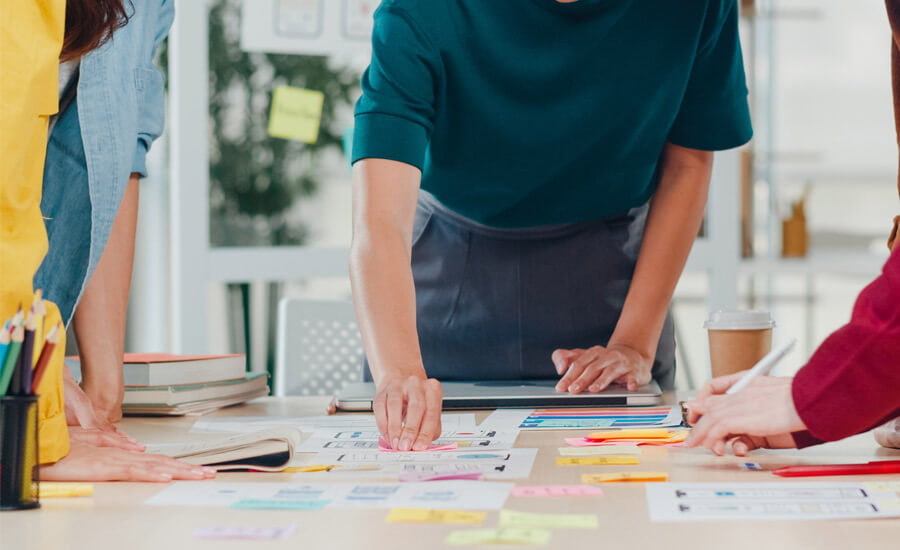- December 18, 2020
- Posted by: People Factor
- Category: Uncategorized

One thing common between conflict and creativity is ‘Difference’. When this difference is viewed negatively it leads to conflict while if the same difference is viewed positively it leads to creativity. What we need to remember is that ‘creativity’ is one end of the continuum on the other end of which lies ‘conflict’. The good news is that creativity can be learnt. Yes, in this age of algorithmic solutions to most corporate problems, we see some structured programs that enhance creativity or creative problem solving. Before we board the bus of constant creative thought, we need to watch for our own interpretation of the same. Here I am not talking about the genetic inheritance of creativity. Creativity in the professional world of business is actually the ability to draw the best from the available pool of knowledge and information. And this throws open the doors for all of us to be creative!
In our professional life we adopt a negative and an egocentric perspective towards any difference. Since most workplaces have hierarchical organizational structure, invariably the difference gets resolved in favor of the more powerful, leading to frustration, bitterness and lack of commitment amongst others. On one hand the corporate corridors are cluttered with the slogans like ‘if two people think alike one is not needed’ while on the other if a person differs from the ‘significant other’ his life becomes difficult.
Why is it that despite the cognitive awareness that difference is good for the organization, people are not able to encourage and appreciate differences and germinate creative alternatives? The answer is, ‘ego’. Like our material possessions we get too attached with our points of view and lose focus of the real objective. In my professional experience I have observed that if at any point, a difference of opinion continues for more than 3-5 minutes it invariably moves towards a clash of egos and the real objective no longer remains the focus. While we were getting trained as management trainers, we remember this fact being drilled into us thoroughly, “if a difference of opinion with the participants lasts for more than 2 minutes, it is not an argument to resolve an issue. It is an argument to prove a point. The outcome of such arguments is not ‘a new perspective’ instead it is a ‘hurt ego’.”
The fountain- head of CREATIVITY is APPRECIATION OF DIFFERENCE.
A significant tool to use in situations requiring creative problem solving is ‘Brainstorming’. Group brainstorming has a base assumption that when one individual reaches his limit on an idea another person can take the idea to its next level. A caution here is that some ideas generated in the group might sound bizarre or impractical to start with. However, while keeping the norm of appreciating differences, the group can make sense of the ‘out- of – box’ thoughts. For instance one of the legends of corporate is that in one of the brain storming sessions of a tooth-paste company, a person suggested that one way they could increase the consumption of tooth paste was by increasing the size of tube opening. At the outset, a suggestion of that kind at a senior strategic meeting would no doubt have triggered discounting & would have been termed frivolous. However, better sense prevailed and he was asked to explain. This gentleman explained that people applied pressure out of habit, if the tube opening were bigger, they would have more paste on their brushes and hence would consume more! Some of you might remember those aluminum tubes with small nozzles that are history now in the toothpaste industry!!
As a professional, form two habits; seek opinions, perspectives and points of view that are different from yours. Privately, review all the points of view in the context of the objective and arrive at a decision. This will help you in becoming much more effective in people management and creative problem solving.

